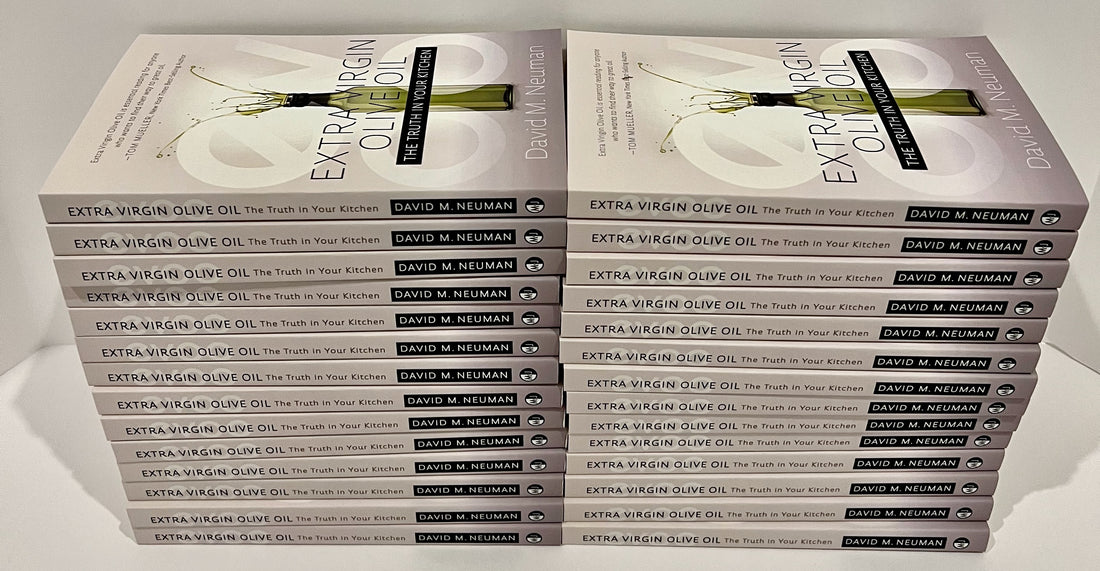
News
Beginner's Guide to Choosing Olive Oil
Beginner's Guide to Choosing Olive Oil
Adding olive oil to your diet is beneficial for many reasons. Olive oil benefits the skin, hair, and heart. Many studies highlight the benefits of olive oil. So, you've decided to add olive oil to your daily regimen. But, how do you choose which oil to use? Many different companies, varieties, and brands exist. Here, we will discuss how to choose the proper oil.
Where Does Olive Oil Come From?
Many countries produce olive oil. Olives thrive in a dry summer climate. The Mediterranean region is the largest producer of olives. The top olive oil countries are Spain, Greece, and Italy. California also has a climate suitable for olive groves.
What About Olive Oil Fraud?
Olive oil scandal recently brought Italy's reputation into question. Up to 80% of imported olive oil from Italy wasn't authentic. Regulation of labeling and certifications wasn't thorough. As a result, knock-off oils were introduced into the market. This scandal fortified the need for accountability.
There are many ways to avoid fraudulent oil. Single origin and single estate oils are reputable. In contrast, blended and mixed oils don't specify origin. Blended oils can contain varying qualities of oil.
Guidelines for Selecting Olive Oil
Color
If the oil is too clear, it has been refined, processed, and filtered. Olive oil should be translucent. Light should pass through the liquid. But, the oil should be too thick to see through. In addition, oil should be green. Many olive oils on the market are a light yellow shade. Olives are naturally green. Unprocessed oil retains the natural color.
Aroma
Olives are aromatic. Chlorophyll gives olives their green color and its "grassy" fragrance. This plant pigment contains an abundance of vital nutrients. Oil that smells (and looks) green is best. A strong flavor is a sign that the oil's made from healthy olives. Strong, green oil has the highest level of antioxidants and polyphenols. Some people note a "peppery" kick in high-quality oil.
Labeling
Avoid common words that denote a "healthy" option. "Pure" and "Light" are two terms to avoid. These terms actually refer to excessive filtering. Too much filtration strips health-giving properties from the oil.
Authentic olive oil often has a harvest date on the bottle. This is not to be confused with a sell-by date. Quality oils also specify the country and region of origin. Specific estate names are genuine. Oils that come from a single estate want to protect their reputation.
Authentic olive oil often has a harvest date on the bottle. This is not to be confused with a sell-by date. Quality oils also specify the country and region of origin. Specific estate names are genuine. Oils that come from a single estate want to protect their reputation.
What About the Oil in My Pantry?
Using the guidelines above, test the oils in your kitchen. Taste it. Smell it. Hold it up to the light. Quality oil should be translucent, green, and have a strong aroma.
People have also recommended the refrigerator test. Olive oil contains monounsaturated fats. Many of the health benefits of olive oil are found in these fatty acids. MUFAs become cloudy at colder temperatures. If your oil becomes cloudy or white when chilled, it is likely authentic.
These tests are not guaranteed. But, they can help you become more aware. Paying attention to these details will help you discern the difference.
Choosing Your Oil
We all want to choose the best food for our families and our bodies. Use the tools in this guideline to choose the proper oil. Remember to pay attention to labels, color, and clarity. By noticing these details, you will be able to choose a quality oil.
Olive oil is an amazing addition to your diet. A few tablespoons of olive oil a day reduces the risk of heart disease. Adding this healthy oil to your diet promotes skin elasticity. The list of benefits of olive oil makes it an essential component of healthy living. Choose an authentic olive oil so you can enjoy these benefits daily!
By David Neuman



